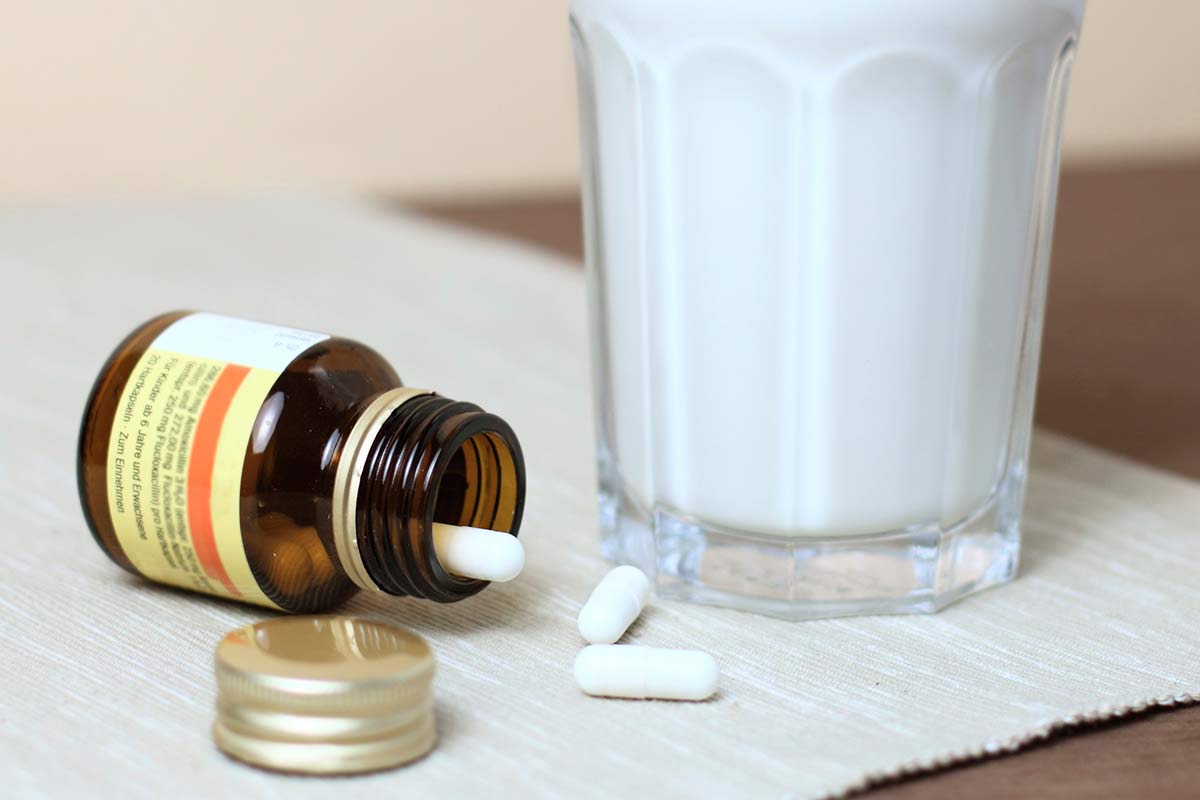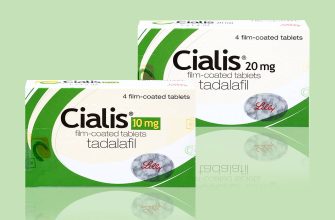Don’t mix amoxicillin with milk. While it won’t create a dangerous chemical reaction, milk’s calcium can slightly reduce the antibiotic’s absorption into your bloodstream. This means you might need a higher dose to achieve the same therapeutic effect. For optimal results, always take amoxicillin with plain water.
Absorption differences are subtle but consistent across studies. This minor decrease in bioavailability isn’t a major concern for most individuals. However, for those with severe infections or weakened immune systems, even a small reduction in efficacy can impact recovery time. Consistent medication adherence is paramount for successful treatment.
Always follow your doctor’s or pharmacist’s instructions precisely. They can provide personalized advice based on your specific health needs. If you have concerns about how to take your medication or experience any unexpected side effects, contact your healthcare provider immediately. Prioritizing clear communication with your medical team ensures the most effective treatment plan.
- Amoxicillin Mixed with Milk: A Detailed Guide
- Why Avoid Mixing Amoxicillin and Milk?
- Optimal Amoxicillin Intake
- Alternatives to Milk
- Timing is Key
- What if I Accidentally Mixed Them?
- Addressing Common Concerns
- Conclusion
- Does Mixing Amoxicillin with Milk Affect Absorption?
- Dairy’s Potential Effect
- Milk and Amoxicillin: Potential Interactions and Side Effects
- Best Practices for Taking Amoxicillin: Food and Timing
- Alternatives to Milk for Taking Amoxicillin
- Other Suitable Beverages
- Things to Avoid
- Important Considerations
- When to Consult a Doctor Regarding Amoxicillin Intake
- Common Myths and Misconceptions about Amoxicillin and Dairy
Amoxicillin Mixed with Milk: A Detailed Guide
No, you shouldn’t mix amoxicillin with milk. While it won’t cause a harmful chemical reaction, milk can interfere with amoxicillin absorption.
Why Avoid Mixing Amoxicillin and Milk?
Milk contains calcium, which can bind to amoxicillin, reducing the amount your body absorbs. This means the antibiotic might be less effective in fighting off your infection.
Optimal Amoxicillin Intake
For best results, take amoxicillin with a glass of plain water, at least one hour before or two hours after consuming dairy products or calcium-rich foods. This allows for maximum absorption.
Alternatives to Milk
- Water is the best choice.
- Juice (without pulp) is acceptable, but avoid citrus juices which can sometimes irritate your stomach.
Timing is Key
- Take your amoxicillin.
- Wait at least an hour before consuming any dairy products.
What if I Accidentally Mixed Them?
One instance of mixing amoxicillin with milk is unlikely to significantly impact its effectiveness. However, consistently mixing them will reduce the drug’s efficacy. Continue taking your medication as prescribed and contact your doctor if you have any concerns.
Addressing Common Concerns
Many believe milk helps with stomach upset caused by antibiotics. While this might be true for some individuals, there are other ways to alleviate this, such as taking amoxicillin with food, if your doctor permits it, or using over-the-counter antacids (always check with your doctor or pharmacist first).
Conclusion
Always follow your doctor’s instructions and the medication’s packaging instructions. For optimal results, avoid mixing amoxicillin with milk and consume it with water according to the prescribed schedule.
Does Mixing Amoxicillin with Milk Affect Absorption?
No, mixing amoxicillin with milk doesn’t significantly impact its absorption. While some medications react negatively with dairy, amoxicillin is generally safe to take with milk. However, it’s preferable to take it with water to avoid potential issues with any individual’s sensitivity to dairy.
Dairy’s Potential Effect
Some people experience digestive upset after consuming dairy products alongside certain medications. This isn’t directly related to medication absorption but can affect overall comfort and compliance with the prescribed course. To minimize potential stomach upset, drinking plenty of water alongside your amoxicillin remains the best practice.
Always consult your doctor or pharmacist if you have concerns about interactions with your medications, especially if you have known allergies or sensitivities.
Milk and Amoxicillin: Potential Interactions and Side Effects
While amoxicillin isn’t directly affected by milk, consuming dairy products alongside this antibiotic might reduce its absorption. This doesn’t mean you should avoid milk entirely, but consider spacing out your milk and amoxicillin intake. Aim for at least one to two hours between them.
The reduction in absorption is due to the calcium in milk binding to amoxicillin, potentially lowering the antibiotic’s effectiveness. This decreased absorption may not be significant for everyone, and the effect largely depends on the amount of calcium consumed alongside the medication. However, consistent lower absorption could potentially impact treatment success.
Side effects from amoxicillin are generally mild and include diarrhea, nausea, and vomiting. Rarely, more serious allergic reactions occur. If you experience any severe reactions, like swelling or difficulty breathing, seek immediate medical attention.
| Possible Side Effect | Frequency | Action |
|---|---|---|
| Diarrhea | Common | Drink plenty of fluids; consult your doctor if severe or persistent. |
| Nausea | Common | Take amoxicillin with food to minimize nausea. |
| Vomiting | Less Common | Contact your doctor; adjust dosage or medication if needed. |
| Allergic Reaction (rash, swelling, breathing difficulties) | Rare | Seek immediate medical attention. |
Always follow your doctor’s instructions regarding dosage and timing. They can provide personalized advice based on your specific health needs and any potential interactions with other medications you might be taking. Open communication with your healthcare provider ensures optimal treatment outcomes.
Best Practices for Taking Amoxicillin: Food and Timing
Take Amoxicillin with a full glass of water, ideally between meals. This ensures better absorption and minimizes potential stomach upset.
Avoid taking it with dairy products like milk or yogurt, as they can interfere with absorption. The same applies to antacids – separate your doses by at least two hours.
Maintain consistent timing between doses. For example, if your prescription calls for twice-daily doses, aim for approximately 12 hours apart. Use a pill organizer or set reminders to help maintain this schedule.
Complete the entire course of antibiotics, even if you start feeling better before finishing. Stopping early can lead to antibiotic resistance.
If you experience side effects such as nausea or diarrhea, talk to your doctor or pharmacist. They can offer advice on managing these issues.
Always follow your doctor’s instructions precisely. They will provide specific guidance tailored to your individual needs.
Alternatives to Milk for Taking Amoxicillin
Water is the best choice. It doesn’t interact with amoxicillin and allows for complete absorption.
Other Suitable Beverages
Plain juice, such as apple or orange juice, is generally acceptable. Avoid acidic juices like grapefruit, which can affect medication absorption. Unsweetened iced tea or diluted fruit juice are also good options. Remember to check with your doctor or pharmacist if you have concerns about specific juices.
Things to Avoid
Dairy products beyond milk, like yogurt and cheese, can interfere with amoxicillin absorption. Carbonated drinks may also affect how your body processes the antibiotic.
Important Considerations
Always follow your doctor’s instructions regarding dosage and timing. If you experience any unexpected side effects, contact your healthcare provider immediately. Never self-medicate or alter your prescribed dosage without professional guidance.
When to Consult a Doctor Regarding Amoxicillin Intake
Contact your doctor immediately if you experience a severe allergic reaction, including hives, swelling of your face, lips, tongue, or throat, or difficulty breathing. These symptoms require immediate medical attention.
Seek medical advice if your diarrhea is severe or persistent, lasting more than two days. This could indicate a potentially serious side effect.
Report any unusual bruising or bleeding to your physician. These might be signs of a blood disorder.
If you notice yellowing of your skin or eyes (jaundice), contact your doctor promptly. This could signify liver problems.
If your symptoms don’t improve after 7 days of taking Amoxicillin, or if they worsen, schedule an appointment with your doctor. Your treatment plan may need adjustment.
Always inform your doctor about any other medications you are taking, including over-the-counter drugs and supplements, before starting Amoxicillin. Drug interactions can occur.
Note: This information is for guidance only and does not replace professional medical advice. Always consult your doctor or pharmacist for personalized guidance regarding Amoxicillin use.
Common Myths and Misconceptions about Amoxicillin and Dairy
No, amoxicillin doesn’t react negatively with milk or dairy products in a way that significantly affects its absorption. While some sources suggest a slight reduction in absorption when taken with milk, this effect is generally minor and unlikely to impact treatment effectiveness for most individuals.
The myth likely stems from the interaction of some other antibiotics with dairy. Tetracyclines, for example, bind to calcium in dairy, reducing their absorption. Amoxicillin, however, behaves differently.
Taking amoxicillin with milk can even be beneficial! Many find it helps mask the sometimes unpleasant taste of the medication. If you experience stomach upset with amoxicillin, taking it with food, including milk, can alleviate this.
However, always consult your doctor or pharmacist. They can offer personalized advice based on your specific medical condition and other medications you take. While the interaction with milk is generally insignificant, individual circumstances may vary.
In short, feel free to take amoxicillin with milk unless your doctor advises against it. Focus on completing your prescribed course of antibiotics as directed for optimal results.






